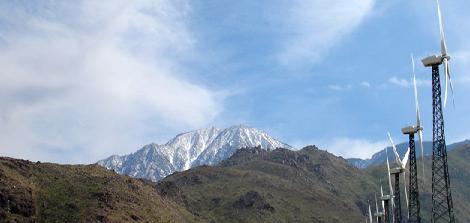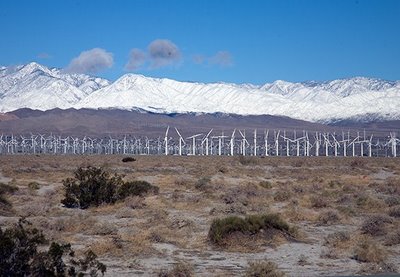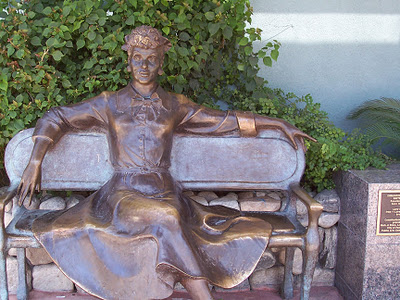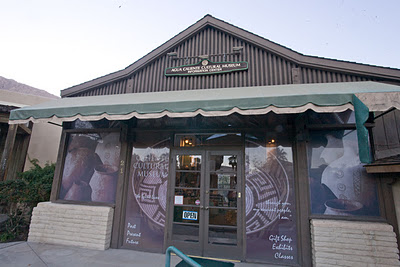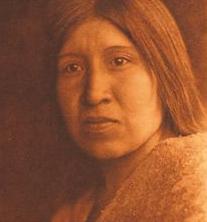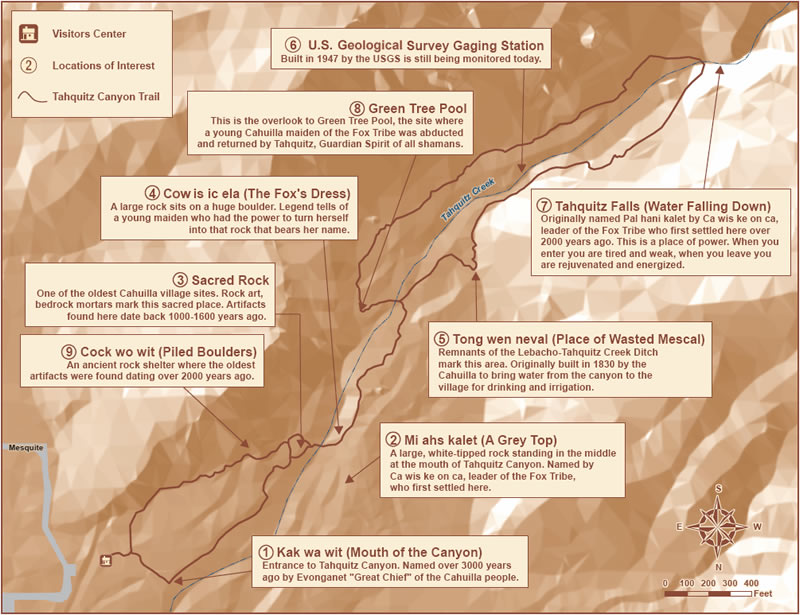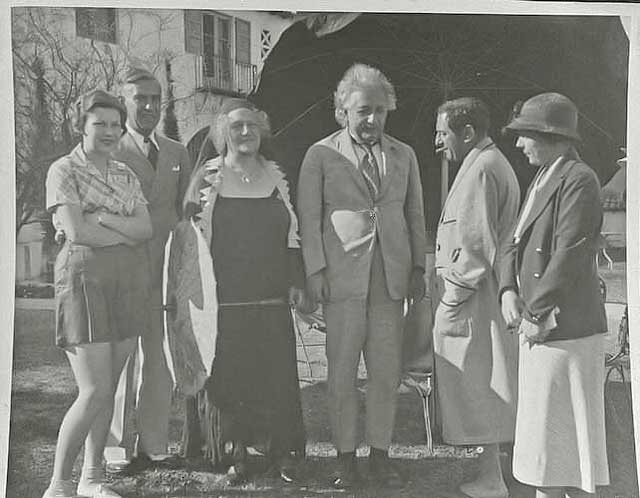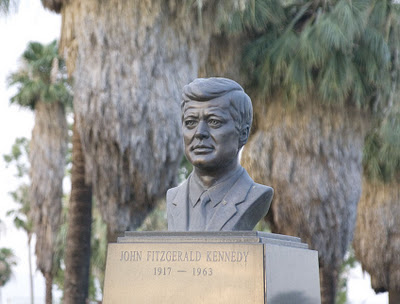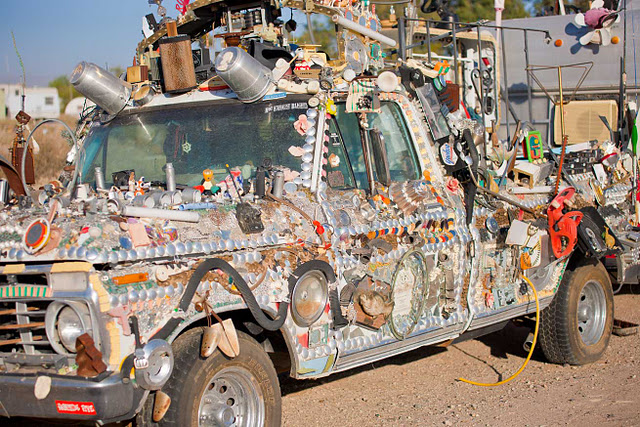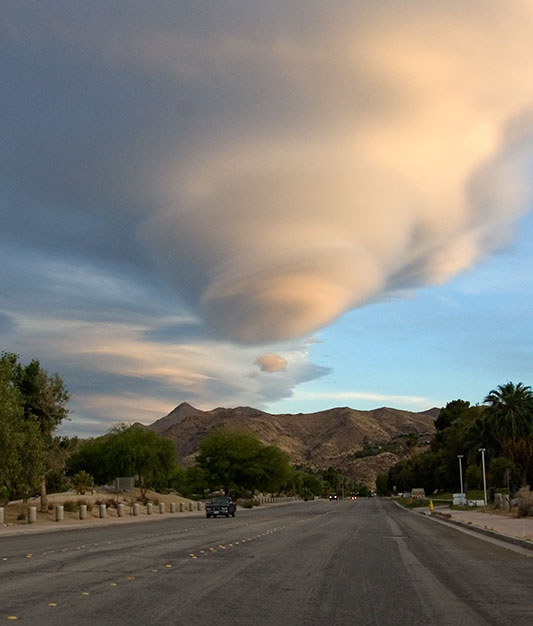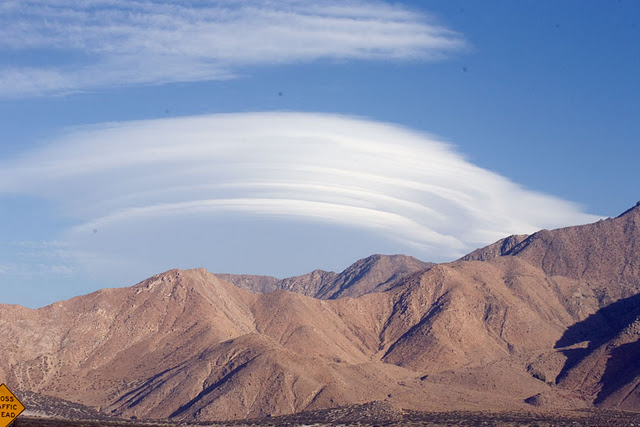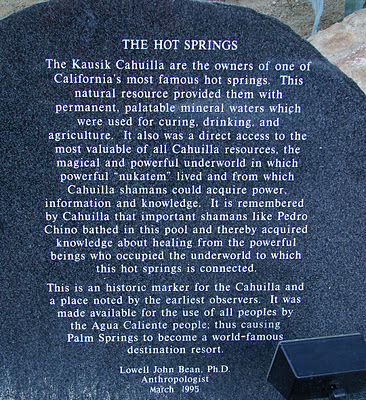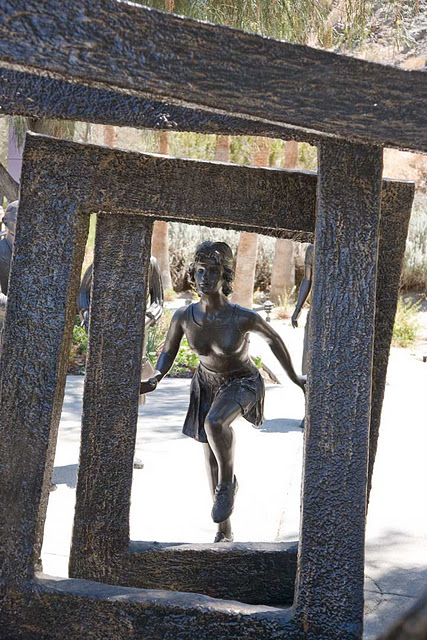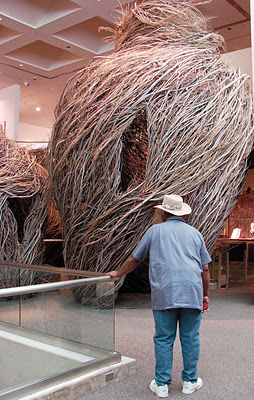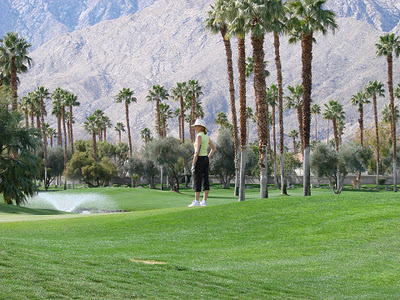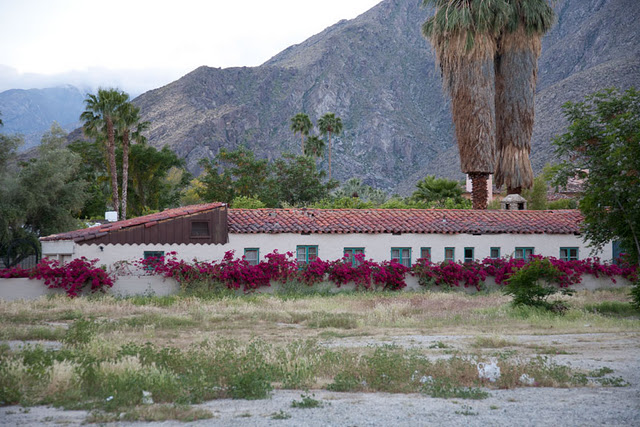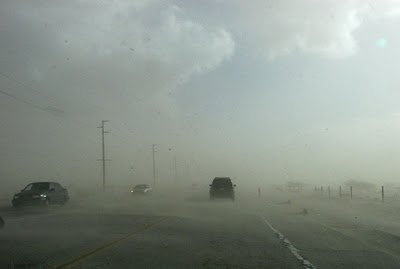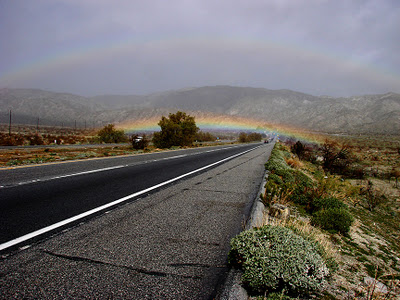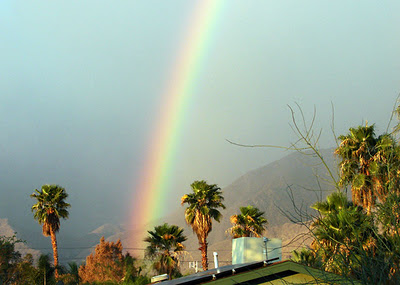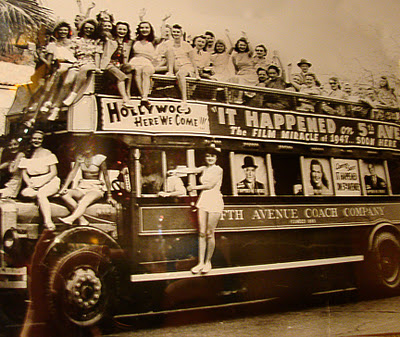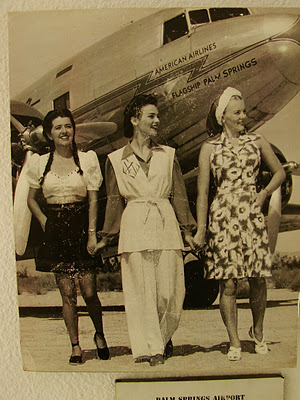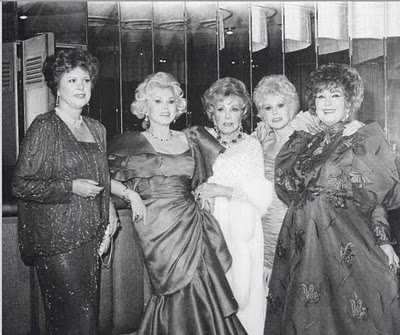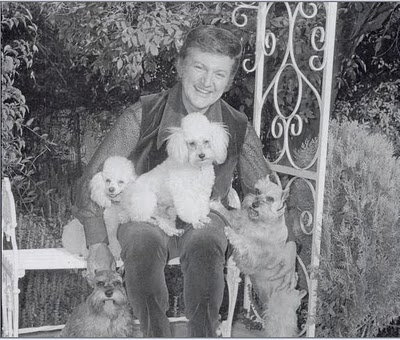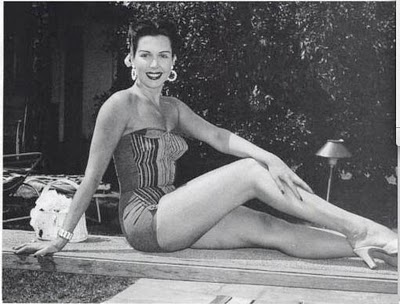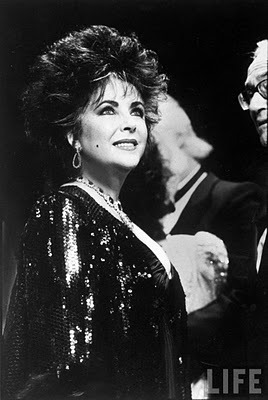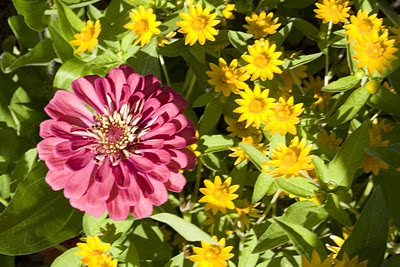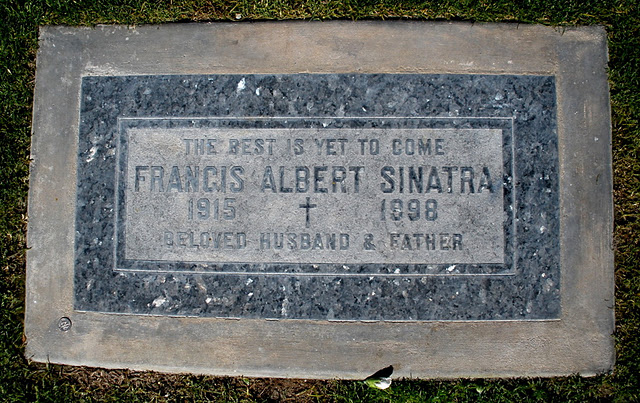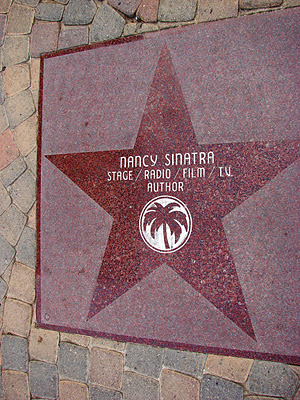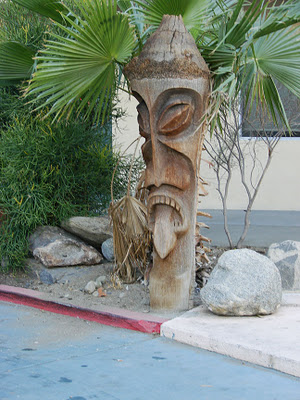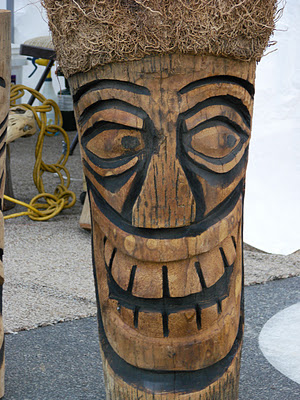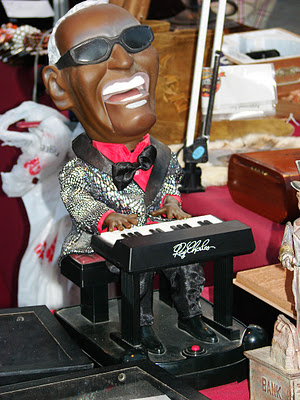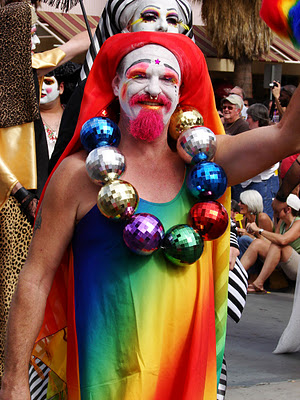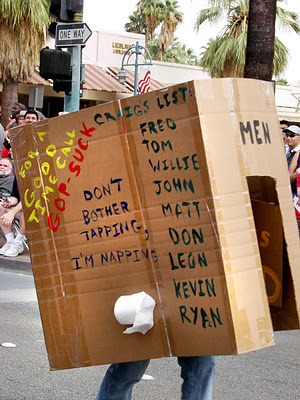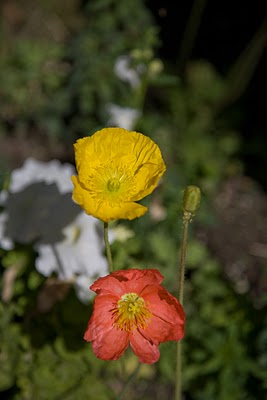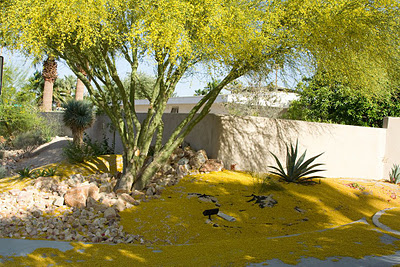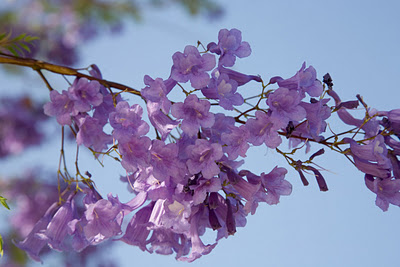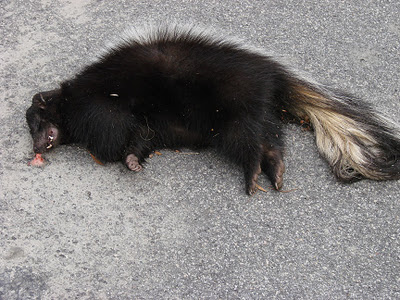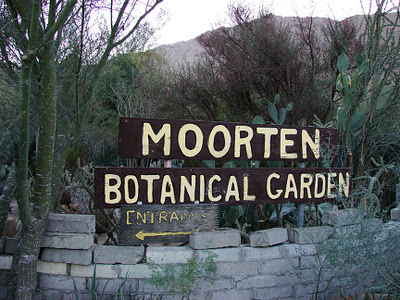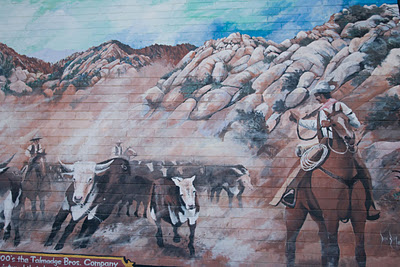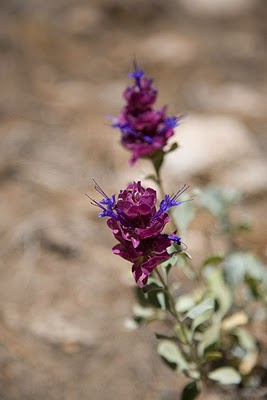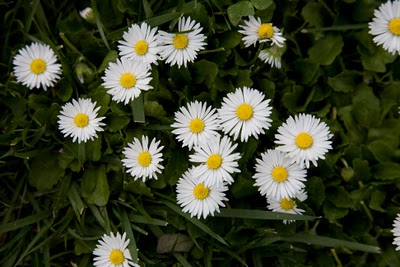 | Palm Srings landmarks |
|
|
Desert Wash |
|
|
|
|
Palm springs Visitor Center |
|
|
The Agua Caliente Cultural Museum |
Indians |
|
|
Tahguitz Canyon Trail - The Tahquitz Canyon Trail is a two mile loop trail which leads to Tahquitz Falls and back |
Albert Einstein in Palm Springs |
|
Nellie Coffman |
|
|
|
Slab City Vehicle |
Animal Shelter Cat |
|
|
Weird Cloud Formation |
Lenticular cloud |
Flying Saucer Cloud |
|
The Bottlebrush |
Hippies in Palm Springs |
|
|
Sonny Bono |
|
Frank Bogert''s Not Sorry |
|
|
|
Indian Shelter |
|
|
|
Old Spanish Building |
|
sandstorm, Southern California storm |
|
|
|
From Palm Springs to Hollywood |
American Airlines Flagship |
This is an picture of a picture of the Gabor sisters. Complements of the Palm Springs Historical Society. Magda lived in Palm Springs and died in the 1990s. Eva died in the 1990s too. She was the one on Green Acres. Zsa Zsa is still alive. I believe she''s 93. She''s the great aunt of Paris Hilton |
|
Liberace''s Pets. Liberace had a home in Palm Springs. |
Ann Miller Called Palm Springs Home. She was often called Legs Miller and you can see why in this photograph. She lived in Old Las Palmas |
Elizabeth Taylor in Palm Springs |
|
Betty Ford in 1942 |
Anything will grow in Palm Springs if you give it enough water. |
Here lies Frank Sinatra in Cat City (5 miles east of Palm Springs). |
|
Another star from the Palm Springs Walk of Stars our famous Hollywood imitation of embedding metal stars along the sidewalk.- http://www.palmspringswalkofstars.com/ |
This is a Tiki |
When Palm Springs went retro in the late 1990s (people rediscovered the mid-century modern style architecture here); the Polynesian god Tiki came along.Labels: minimalism, minimalist architecture, Palm Springs modernism, tiki |
|
Palm Springs Collectables at the Village Fest |
This guy looks like he''s decorated for Christmas |
Someone dressed up as Sen. Larry Craig (R) |
|
This is a flowering shrub that''s used in front of many homes and along the streets in Palm Springs |
|
Trees Lettin'' Down Their Hair |
|
Purple Flower |
Geese from Canada arrive in Palm Springs for a rest before flying futher south for the winter |
dead skunks? |
|
Located 1701 South Palm Canyon Drive, this garden has a large collection of cacti from all over the world |
29 Palms, city of murals, Morongo Valley California |
|
|
Trichostema Lanatum Southern California mountain wildflower, top of tram wildflower, Trichostema Lanatum |
Palm Springs wildflower |
Morongo Valley California |
Norht: Tramway Rd - mt. San Jacinto State Park
Palm springs Visitor Center
Tahguitz Canyon Trail and Tahguitz Canyon Visitor Center
Andreas canyon, Indians canyon, Alexander, Fern Canyo, Wild Horse, Garshtin trail
Palm Springs, California lies on the western edge of the Coachella Valley, within the Colorado Desert. Located approximately 110 miles southeast of Los Angeles and 140 miles northeast of San Diego, it''s an easy two hour drive by freeway. The permanent year-round Palm Springs population is 45,000, and doubles during the winter season. To the east of Palm Springs, are several other desert cities including Cathedral City, Rancho Mirage, Desert Hot Springs, Palm Desert, Indian Wells, La Quinta, and Indio.
Palm Springs has more than 350 days of sunshine and less than 5.2 inches of rain, winter temperatures average in the 70s with nights in the mid-40s. The dry desert heat of summer pushes daytime temperatures into the 100s, which is enjoyed by sun seekers.
The geography gives Palm Springs its famed warm, dry climate. At 487 feet above sea level, Palm Springs is sheltered by the Little San Bernardino Mountains to the north, the Santa Rosa Mountains on the south, and the San Jacinto Mountains to the west with its towering 10,831 foot Mt. San Jacinto, site of the Palm Springs Aerial Tramway
Centuries ago, ancestors of the Agua Caliente Cahuilla (pronounced Kaw-we-ah) Indians settled in the Palm Springs area and developed extensive and complex communities in Palm, Murray, Andreas, Tahquitz and Chino Canyons. Abundant water and hundreds of plants and animals found throughout the area ensured stable living conditions. Many traces of these communities exist in the canyons today, including rock art, house pits and foundations, reservoirs, trails, and food processing areas.
The Agua Caliente Indians were industrious and creative with a reputation for independence, integrity, and peace. They believed this productive land of their ancestors would always be theirs. However in 1876, the U.S. Federal Government deeded in trust to the Agua Caliente people 32,000 acres for their homeland. At the same time, they gave the So. California Railroad ten miles of odd sections of land to induce them to build the railroad. Of the reservation''s 32,000 acres, some 6,700 lie within the Palm Springs city limits. The remaining sections fan out across the desert and mountains in a checkerboard pattern.
As early as the 1890''s, Palm Springs and the surrounding area have been described as a recreation oasis. Tahquitz Canyon and three southern canyons are listed in the National Register of Historic Places. Palm Canyon is considered the world''s largest California Fan Palm Oasis.
The Aqua Caliente Band of Cahuilla Indians remains actively involved with the City of Palm Springs. In 1995, the Agua Caliente Band of Cahuilla Indians opened their first casino in a tent next to the Spa Resort Hotel in Palm Springs. Today, the Tribe has two hotels, two casinos, a golf resort, and entertainment venue.
Experience the Agua Caliente Cahuilla Indians
Take a ranger-led tour and maze through the ancient palm groves, and explore the streams and waterfalls at Indian Canyons or Tahquitz Canyon.
Learn about the Agua Caliente Band of Cahuilla Indians through exhibitions, collections, research, and educational programs at the Agua Caliente Cultural Museum in downtown Palm Springs.
Indulge in the hot mineral waters as you experience "Taking of the Waters" at The Spa at Spa Resort Casino.
Attend the annual Festival of Native Film and Culture in March starring Native Americans and other indigenous people.
Gaming and entertainment daily at the Spa Resort Casino, or Golf at the two signature courses at the Indian Canyons Golf Resort.
Oh sure, there were tons of movie stars that used to come here in the 50s and 60s. But, more importantly, Palm Springs has always attracted hippies.
If you lived here in the 60s, you probably went up to the waterfall at Taquitz Canyon and partied it up a bit--swimming naked, smoking a little weed and so forth.
Today, there are hundreds of people in Palm Springs in their late 50s and early 60s who haven''t shed the tie-dye tee-shirts nor the long hair.
Nellie Coffman opened the kind of place that doesn''t exist anymore--a sanatorium. Sanatoriums were used to treat tuberculosis patients. Before there were antibiotics, the only treatment for TB was rest and good food.
The sanatorium is on the lot where the boarded up Fashion Plaza is located at Palm Canyon and Tahquitz.
Eventually, Coffman needed a change from working with sick people, so she converted the sanatorium into a hotel--the Desert Inn. Everybody who was anybody went to the Desert Inn.
The Desert Inn closed in 1955 after Nellie Coffman died
Palm Springs of Matthew Bamberg--Author, Photographer, Educator
The Agua Caliente Cultural Museum
Tahguitz Canyon
Next Page
Palm Springs Visitor Center
